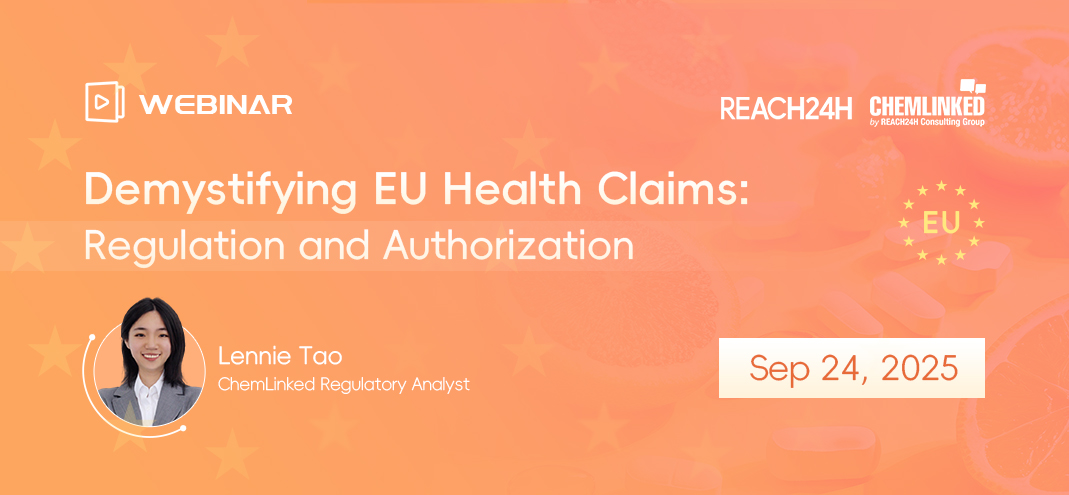Overview
The U.S. Department of Health and Human Services (HHS) has taken a decisive step toward closing regulatory loopholes in food safety. On March 10, 2025, HHS Secretary Robert F. Kennedy Jr. directed the Food and Drug Administration (FDA) to re-evaluate its long-standing framework for GRAS substances (Generally Recognized As Safe), with a specific focus on eliminating the ability of companies to self-determine the safety of food ingredients without FDA oversight.This initiative is part of a broader push to strengthen public confidence in the food system, increase ingredient transparency, and ensure consumers are fully informed about what goes into their food.What Is GRAS and Why Does It Matter?
GRAS substances refer to food ingredients or materials that are considered safe for consumption either due to a long history of common use in food or based on scientific consensus among qualified experts. These include certain food additives and food-contact substances.Under current regulations, companies can either:- Submit a GRAS Notice to the FDA, allowing the agency to evaluate their safety evidence; or
- Self-determine GRAS status, meaning they conduct their own safety assessment and introduce the substance into the food supply without notifying the FDA or disclosing it to the public.
Why the GRAS System Is Being Reconsidered
According to HHS, the decision to consider ending the self-determined GRAS option is driven by growing concerns that some manufacturers and suppliers may be exploiting this loophole. By not submitting safety data for FDA evaluation, these entities have been able to avoid regulatory scrutiny, raising questions about the integrity of the current system.The proposed changes would require mandatory submission of GRAS determinations through formal pathways such as:- Food Additive Petitions (FAP)
- Food Contact Notifications (FCN)
What Does This Mean for Food and Ingredient Manufacturers?
Should the FDA finalize this rule change, it would mark a significant regulatory shift. Companies would no longer be permitted to introduce new substances into the U.S. food supply based on internal evaluations alone. Instead, all new ingredients would require FDA engagement and publicly available safety assessments.This reform would likely lead to:- Increased regulatory obligations for food and packaging manufacturers
- Longer time-to-market for new ingredients
- Greater public trust through enhanced transparency and accountability





